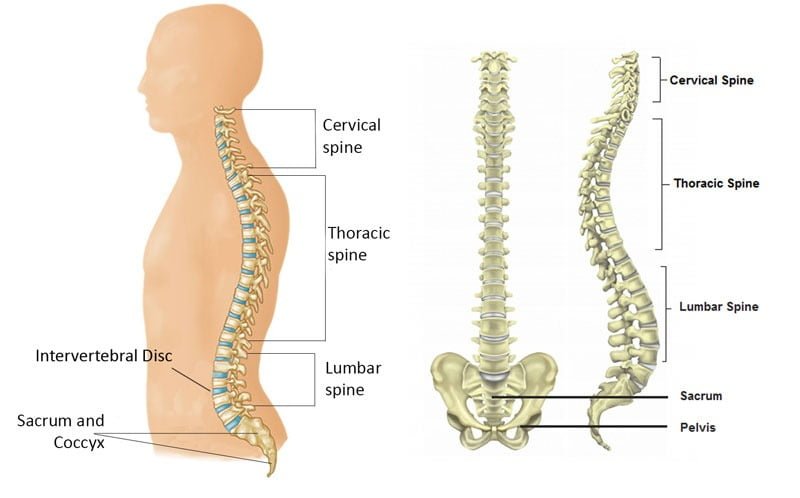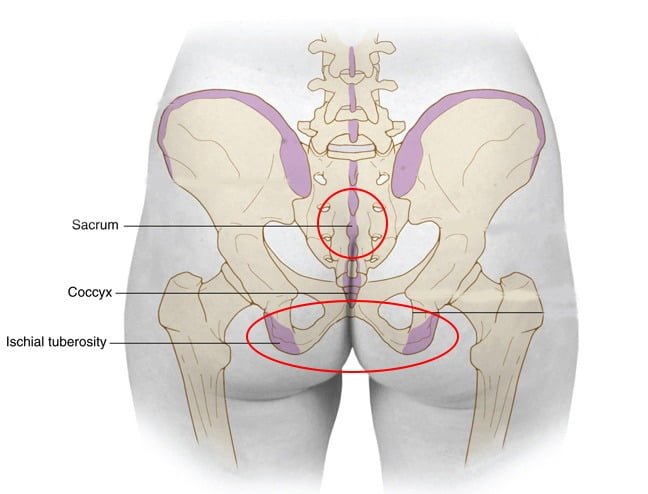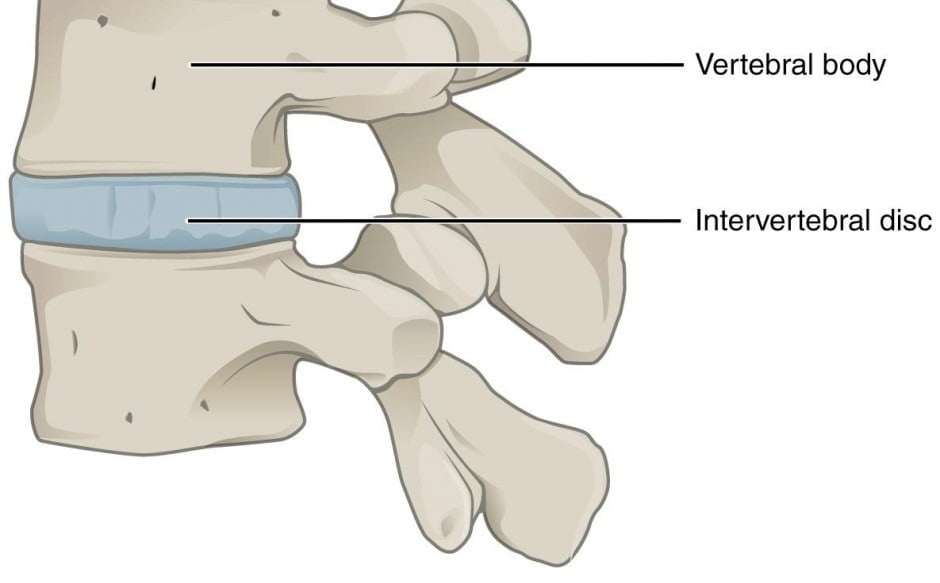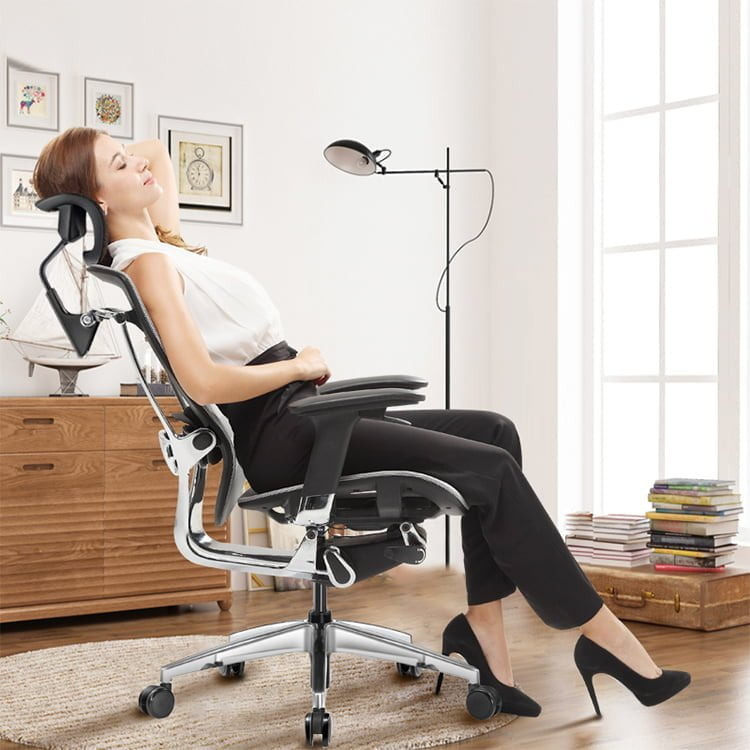
Why Automated Fabric Cutting improves quality
High quality office and casino seating requires advanced automation, like automated fabric cutting.
Have you ever wondered what happens to your body when you sit for long periods? It’s no secret that most of us spend a significant amount of time sitting down. According to Professor Philippe Gradidge from Wits University, a study on office workers revealed that they can spend in total up to 12 hours a day sitting. Professional office workers typically spend around 70 percent of their time seated at their desks, while individuals like telemarketers who are deskbound can spend almost their entire workday sitting. So, what are the effects of prolonged sitting on your body?
When you sit there is an interaction between various body elements, broadly classified as skeletal and soft-tissue elements. The spinal column, consisting of the vertebrae and intervertebral discs, together with the pelvis, are the primary skeletal structures that have a significant impact on your comfort and wellbeing when you sit.
Prolonged sitting and back pain

The 24 vertebral bones that make up the spine, or spinal column, play a crucial role in supporting our body while we sit.
They also protect the delicate spinal cord that runs through the vertebral canal.
Towards the top of the spine, in the cervical region (neck), there are seven vertebrae that form a gentle forward curve called a lordosis.
This curve helps balance the weight of the head and provides flexibility.
Moving down to the thoracic region (mid-back), there are 12 vertebrae that create a slight outward curve known as kyphosis.
The thoracic vertebrae are also the attachment points for the ribs that protect vital organs like the heart and lungs.
At the base of the spine, in the lumbar region (lower back), there are 5 vertebrae that contribute to a gentle forward curve, again forming a lordosis.
Together, these curves allow the spine to distribute the body’s weight evenly and maintain balance.


Located at the base of the spine is the remarkable bone structure known as the sacrum. This sacred bone resembles a triangular shape, composed of five interconnected vertebrae securely nestled between the pair of pelvic bones, thus forming what is commonly referred to as the pelvic girdle. Among the essential components of the pelvis are the prominent ischial tuberosity, more commonly known as the sit bones, which serve as the sturdy foundation for our seated posture.
Intervertebral discs play a crucial role in maintaining the flexibility and comfort of the spine. These discs, resembling durable cushions, are composed of fibrous cartilage surrounding a thick, gel-like fluid in the center. Positioned between each vertebra, they provide support and shock absorption, allowing the spine to bend, twist, and move with ease. Additionally, intervertebral discs help distribute pressure evenly along the spine, preventing excessive wear and tear on the vertebrae. In essence, these remarkable structures contribute significantly to the overall health and functionality of the spine.

When we sit with our thighs at a 900 angle to our back, two major skeletal movements take place. This shifting in turn compresses the discs, which may contribute to common issues like lower back pain and discomfort. In the first instance, the long thigh bones (femurs) rotate in their pelvic sockets through approximately 600. This redirection of forces can lead to a variety of musculoskeletal problems if not countered with proper stretching and strengthening exercises. Thereafter, the ligaments attaching the femurs to the pelvis, gently pull on the rear of the pelvis.
This interaction between bones and ligaments is crucial for maintaining balance and stability in the body.
This rotates it backwards through the remaining 300. This intricate series of movements showcases the dynamic relationship between skeletal structures during simple sitting positions. Due to the rotation of the pelvis, the natural lordosis curve in the lower back changes to a kyphosis curve.
Most of the change to a kyphosis curve occurs in the first three or four vertebrae above the pelvis.
This adjustment can have a cascading effect on the entire spine, influencing posture and potentially causing discomfort over time.
During this process, the front edges of the vertebrae come closer together while the back edges move slightly further apart. This puts more pressure on the front parts of the intervertebral discs.
Incorporating regular breaks and gentle stretching into prolonged sitting sessions can help alleviate the pressure on the spine and maintain flexibility.

Sitting with a flattened lumbar spine or kyphosis, can put two to three times more pressure on the intervertebral discs than sitting in a way that maintains the lumbar spine’s natural lordosis curve. In a worst-case scenario, the increase in disc pressure can lead to a herniated or slipped disc.
Because unsupported sitting is unstable, you continually move and make small rocking movements over the ischial tuberosities or sitting bones. At the same time, the skin and muscles under the sitting bones are compressed and the large buttock muscles (gluteus maximi or glutes), slide to one side leaving the ischial tuberosities resting on a cushion of fat and skin. This restricts the blood flow to and from the intervertebral discs.


As our time at the computer increases, we find ourselves sitting in a more upright or forward-leaning position for about 75% of the time, rather than reclining.
Studies indicate that using a chair that allows for a reclined posture, thus increasing the angle between the seat and backrest, can decrease pelvic rotation.
This type of chair encourages users to shift their sitting positions frequently, reducing the risk of discomfort and stiffness associated with prolonged static sitting.
This leads to less pressure on the discs and more muscle engagement in the lower back.
Dynamic Sitting promotes movement and various postures to support spinal health and overall well-being.
A good example is a chair equipped with a synchronous swivel and tilt mechanism that encourages Dynamic Sitting.
Dynamic Sitting is a concept that emphasizes the importance of movement and flexibility in seated positions to enhance comfort and reduce the negative impact of prolonged sitting.
So what happens to your body when you sit all day? Quite simply it gets tired, specifically the muscles in the lower back. If there is no lumbar support to maintain the lordosis curve of the lower back, you slump down or slouch, in the chair. This results in an even greater outward-curving (kyphosis) shape in the lower back. The compression and pressure in the intervertebral discs increases. As you slump down, your head comes forward. This forces the muscles at the back of the neck to keep your head in its original position. Muscle tension at the back of the neck may increase by up to 50% when you change from an upright to a slumped sitting posture.
When a person slouches, their spine goes out of alignment and muscles must work overtime to make up for the lack of skeletal support. In other words, they have to hold up the extra weight that is not supported by the skeleton. In addition to wear and tear on the muscles, this also stresses other soft tissues, specifically the ligaments and tendons.
Research confirms that slouching can cause backaches, headaches, fatigue and poor concentration.
A healthy posture is when the spine is properly aligned. This promotes greater overall comfort, including improved concentration and endurance through long hours of seated work.
Good posture balances your body weight on your skeletal structure just as nature intended. This reduces the workload on your muscles and enhances blood circulation throughout the body. As a result, the pressure on the diaphragm is reduced, thereby improving your breathing and preventing fatigue.
A chair that provides proper lumbar support ensures that the lordosis curve in the lumbar region is maintained. This allows the lower back muscles to relax and prevents slumping during sitting.

If the backrest can be reclined to allow for Dynamic Sitting, the compression and pressure in the discs is reduced. Not only does this improve blood flow to the discs, but it also reduces the stress in the lower back muscles. At Karo, we offer a broad variety of Ergonomic and orthopedic chairs that promote Dynamic Sitting. What is the difference between an ergonomic and orthopedic chair?
Sitting can place many stresses on the body. The most obvious ergonomic risk factors are the compressive force in the discs and the constant static loading of the muscles in the lower back.
For many years, medical and ergonomics experts have understood the importance of seating that controls the rotation of the pelvis. Research has found that the addition of a wedge-shaped pelvic cushion reduces the rotation of the pelvis and prevents the flattening of the lumbar spine, or kyphosis. The angle of the wedge is important. If it is too high (above 200), the pelvis will be forced to tilt too far forward, creating extreme lumbar lordosis that causes the thoracic and cervical spine to compensate with extreme curves to maintain balance. The result of such a forced posture is increased muscle activity and disc pressure leading to even greater fatigue and discomfort.
Lumbar support alone cannot naturally restore spinal curvatures in a body that is seated in an upright position, especially as people are more likely to sit in upright or forward-leaning postures than to recline while working at the computer. An effective work chair must provide lumbar support. However, recent research indicates that it is as important to provide pelvic support that reduces the rotation of the pelvis and preserve the natural lordosis curvature of the lower back.

The more we sit, the higher our risk of herniated discs and other back troubles. To circumvent excessive continuous sitting, research has shown that alternate periods of standing and sitting whilst working, can dramatically decrease the incidence of back, neck, and shoulder pain. Changing from a seated to standing posture stimulates the muscles and blood-flow which in turn prevents fatigue and associated muscular pain. The use of sit/stand desking allows you to quickly and easily switch from a seated to a standing posture, and is ideal for anyone that spends many hours behind a desk. 7 Benefits of using a Sit-Stand Desk.
Sitting for prolonged periods can have a significant impact on our physical health, leading to discomfort and potential long-term issues. To combat these negative effects, it is highly recommended to explore the option of investing in a comfortable and supportive ergonomic or orthopedic office chair. By making this simple yet impactful adjustment to your work environment, you can greatly enhance your overall well-being and performance. Embracing the benefits of a thoughtfully designed chair tailored to promote proper posture and provide lower back pain relief can truly transform your daily work experience for the better.

High quality office and casino seating requires advanced automation, like automated fabric cutting.

A 4-day work week can result in people sitting continuously for long hours, making an ergonomic chair a “no brainer”.

Buying a new office chair for work or home? Select the right store for you.


